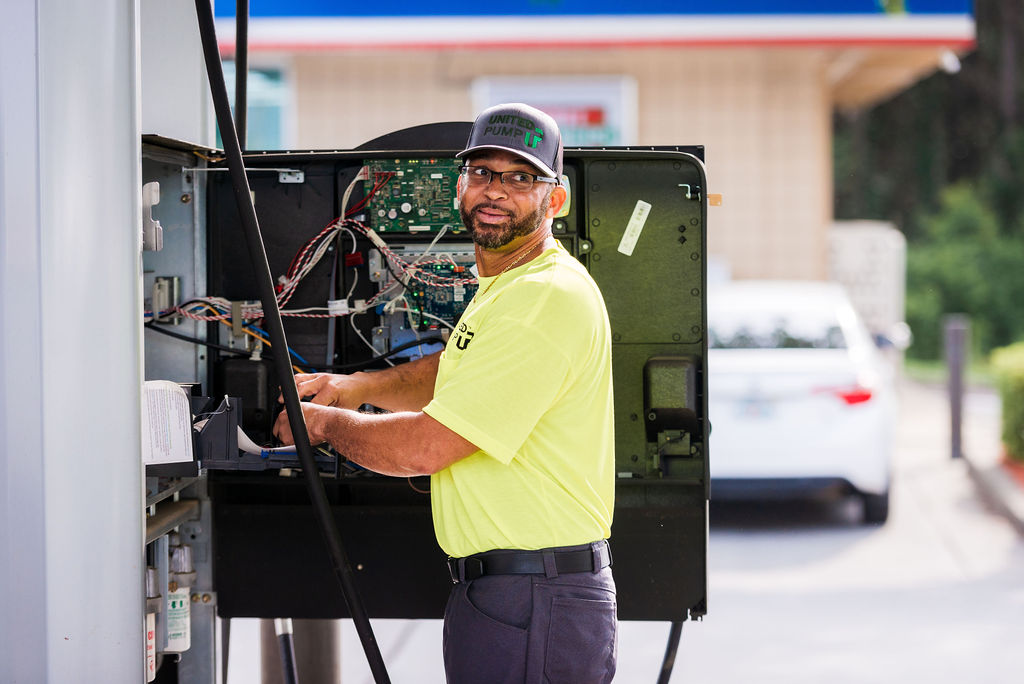Fuel dispensers are an integral part of any gas station or refueling facility. They are designed to dispense fuel into the tanks of vehicles in a safe and efficient manner. The dispensers come in various sizes, shapes, and designs, but all of them consist of several parts that work together to ensure that fuel is dispensed accurately and securely. In this article, we will discuss fuel dispenser parts, service, and installation.
Fuel Dispenser Parts
Pump: The pump is the heart of the fuel dispenser. It is responsible for pumping fuel from the storage tank into the dispensing nozzle. The pump can either be a suction pump or a submersible pump, depending on the design of the dispenser.
Meter: The meter is the device that measures the amount of fuel that is dispensed. It ensures that the right amount of fuel is dispensed and that the customer is charged accordingly.
Hose: The hose is the conduit that connects the dispenser to the nozzle. It is made of flexible material and is designed to withstand the pressure and temperature of the fuel being dispensed.
Nozzle: The nozzle is the device that delivers fuel into the vehicle’s tank. It is designed to be secure and prevent spills and leaks.
Display: The display is the device that shows the customer the amount of fuel dispensed and the cost of the fuel.
Fuel Dispenser Service
Fuel dispensers require regular maintenance to ensure that they are functioning correctly. Regular servicing can prevent breakdowns and ensure that the dispenser is dispensing fuel accurately. Some of the services that are required for fuel dispensers include:
Calibration: The dispenser’s meter needs to be calibrated regularly to ensure that it is measuring fuel accurately.
Filter Replacement: The fuel filter needs to be replaced regularly to ensure that the fuel being dispensed is clean and free of contaminants.
Nozzle Replacement: The dispenser nozzle needs to be replaced when it becomes worn out or damaged. A worn-out nozzle can lead to fuel spills and leaks.
Pump Repair: The dispenser pump needs to be repaired when it becomes faulty. A faulty pump can lead to inaccurate fuel dispensing and breakdowns.
Fuel Dispenser Installation
Fuel dispenser installation is a crucial process that requires expertise and knowledge. The installation process should be carried out by professionals who understand the technical requirements and safety regulations that need to be met. Some of the factors that need to be considered during fuel dispenser installation include:
Location: The dispenser needs to be located in a safe and accessible location that is free from obstructions.
Electrical Requirements: The dispenser requires a power supply to operate. The power supply needs to be sufficient to power the dispenser without overloading the circuit.
Fuel Storage: The dispenser needs to be connected to a fuel storage tank that is designed to store fuel safely and securely.
Safety: The installation process needs to adhere to safety regulations to prevent accidents and ensure that the dispenser is safe to use.
Fuel dispensers are essential devices that are used to dispense fuel into vehicles. They consist of several parts that work together to ensure that fuel is dispensed accurately and securely. Regular servicing is required to ensure that the dispenser is functioning correctly, and installation should be carried out by professionals who understand the technical requirements and safety regulations that need to be met. By following these guidelines, you can ensure that your fuel dispenser is operating at maximum efficiency and safety.
